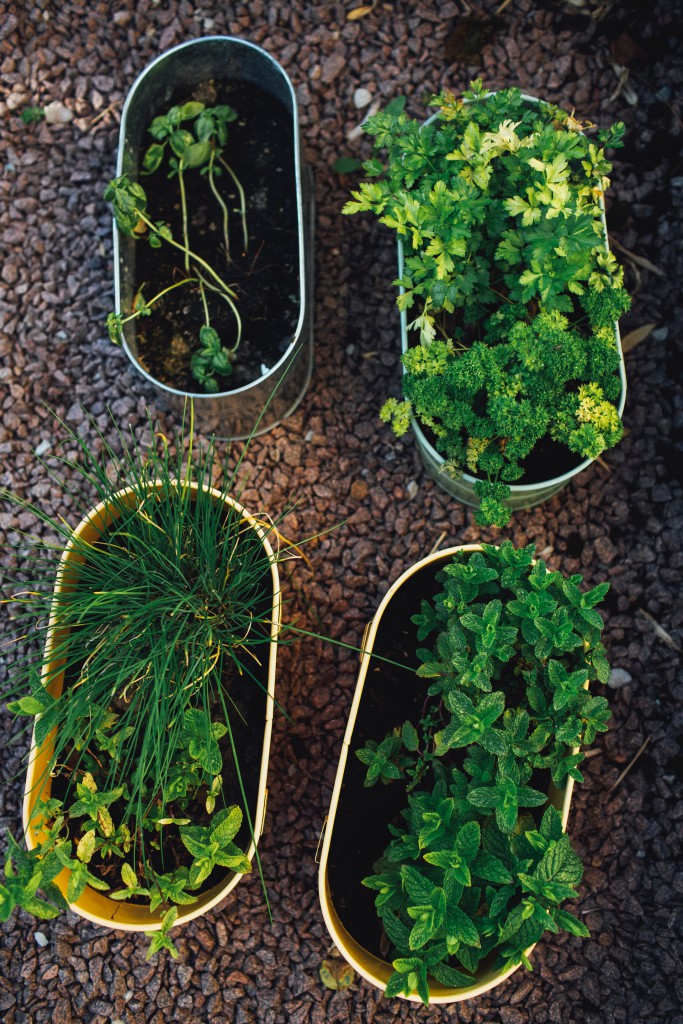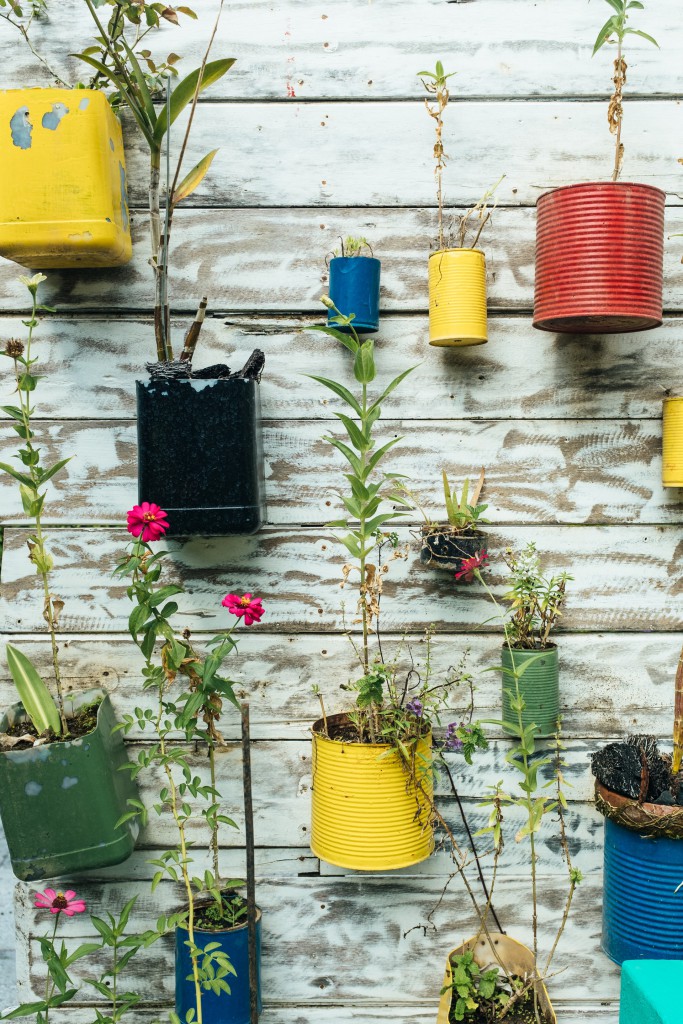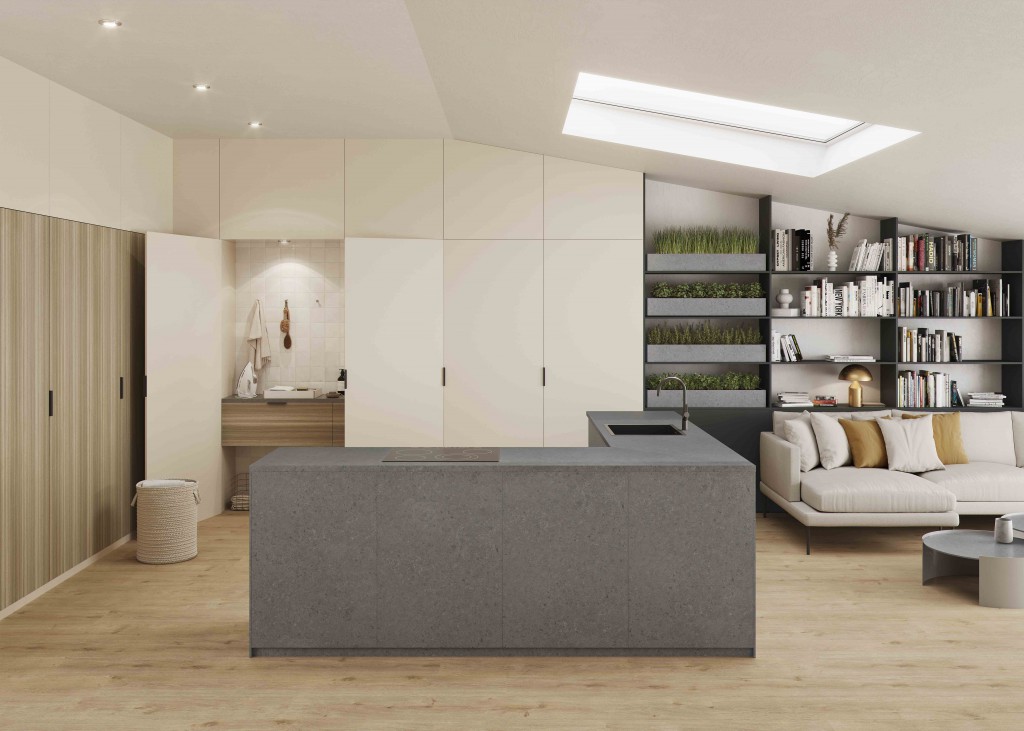The urban vegetable garden trend was given a boost by the coronavirus pandemic lockdowns that happened all over the world. New technology and a growing interest in local produce has seen people start to grow their own food. And when you think about it, is there anything more ‘local’ than eating food you grew in your own home?
Entrepeneur and business coach Ratan Tata explained this philosophy in the following way: “[treat] food like your medicine, else you will end up [treating] medicine like food”. The desire to lead a healthier lifestyle, leave a smaller carbon footprint, and reduce living costs should be enough to convince you to include an urban vegetable garden in any and all of your interior design projects.

First, we’ll take a look at two current trends: 1) hydroponic and aeroponic kitchen gardens and 2) vertical gardens. Finally, we’ll tell you how you can incorporate urban vegetable gardens into your interior design plans.
Don’t get your hands dirty: hydroponic and aeroponic vegetable gardens
There are two ways of growing your own food at home without having to deal with the dirt and fuss that comes with soil: hydroponics and aeroponics. But what do these methods actually involve?
Hydroponics uses water as a substrate, meaning that this is where roots get all their required nutrients to help the plant grow. Aeroponics involves having the roots hanging in the air, allowing them to absorb oxygen more easily.
Both of these approaches can be used in any type of space as long as it is open enough to let the plants to breathe. Interiors designed to help grow crops are usually full of light, but if that’s not possible, artificial lighting is an option.

Vertical urban vegetable gardens: make use of the space you have
If a lack of space is the problem, vertical gardens are the solution, and they have a decorative element, too. The result is a series of green walls that look great in any room. Pots made of recycled materials such as cans or bottles are often a feature, too.
Given that it’s more difficult to position an artificial light source so that it shines on a vertical space, this approach requires an area where plants can be hung with access to the right amount of sunlight for what you are trying to grow.

Urban kitchen gardens and interior design
We’ve seen that a lack of space, soil, or light don’t have to be an issue. Technology can lend a helping hand with watering systems and artificial light sources, and a vertical garden can help you make the most of the space you have available.
We encourage you to set aside a small space in your projects that allows users to grow their own food because there are many benefits to doing so: you’ll create an interior that is authentic and connected to our history; it will improve the wellbeing of the space’s inhabitants and reduce their carbon footprint by encouraging them to be self-sufficient; and it will be a win for eco-friendly interior design.

This isn’t just something that we’re a fan of here at Connections by Finsa. In fact, the urban kitchen garden movement is so big that IKEA has launched a collection of greenhouses for the home, with flowerpots, lights, and every single thing that you could possibly need to grow herbs, fruits, and vegetables.
The green movement in interior design is growing and is closely linked to the concepts self-sufficiency and responsible consumption. Are you game? Let us know on social media using #ConnectionsByFinsa.




